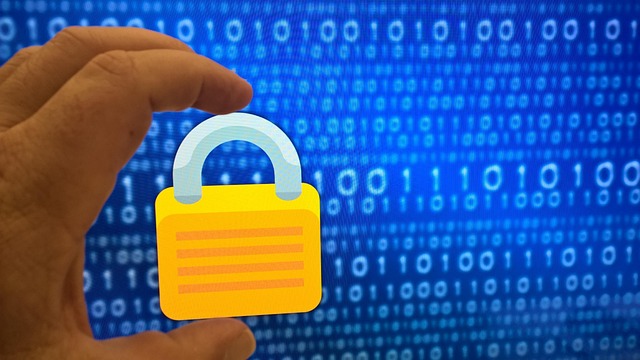
Top IT Security Measures for Hardware in Information Technology
Understanding the Importance of IT Security Measures for Hardware
In today’s rapidly evolving digital landscape, IT security is not just a luxury—it’s a necessity. As more organizations rely on technology to handle their operations, the need to protect hardware becomes increasingly critical. IT security encompasses a range of tactics designed to safeguard the integrity, availability, and confidentiality of information systems, making it imperative for businesses in the informational technology sector to prioritize hardware protection.
1. Physical Security of Hardware
The first line of defense in IT security is often physical security. Whether it’s securing server rooms or ensuring that desktops are monitored, protecting hardware from unauthorized access is essential. Companies should consider implementing biometric access controls or surveillance systems to monitor locations where critical hardware is stored.
2. Regular Hardware Audits
Conducting regular audits of hardware can help identify vulnerabilities and ensure that all devices meet compliance standards. These audits offer a chance to assess whether sensitive data is being stored appropriately and whether there are outdated devices that need to be replaced or upgraded.
3. Setting Up Firewalls and Intrusion Detection Systems
Firewalls serve as a barrier between trusted internal networks and untrusted external networks. Coupled with intrusion detection systems (IDS), these defenses can monitor traffic and detect any unauthorized access attempts. By configuring these systems to work seamlessly with hardware, businesses can bolster their IT security posture significantly.
4. Implementing Data Encryption
Data encryption serves as a critical IT security measure that protects data stored on hardware. Even if a device is compromised, encryption ensures that the information remains unreadable to unauthorized users. Organizations should implement strong encryption protocols for sensitive data, both at rest and in transit.
5. Keeping Software and Firmware Updated
Outdated software and firmware can lead to vulnerabilities and exploit opportunities for malicious actors. Regularly updating these components is a crucial aspect of maintaining hardware security. This practice not only provides the latest security features but also ensures that bugs and vulnerabilities are patched promptly.
6. Educating Employees on Security Practices
All the hardware and software protections in the world won’t help if employees are not aware of the potential security threats they face. Providing training on IT security best practices can empower employees to recognize phishing attempts and other social engineering tactics that target hardware and sensitive information.
7. Backup Solutions for Data Recovery
Every organization should have robust backup solutions in place. Regular backups ensure that data can be restored in the event of hardware failure or a cyberattack. Utilizing both on-site and off-site backup solutions adds layers of protection to ensure that critical data remains safe.
By incorporating these IT security measures into your hardware management strategy, you’re not just protecting your systems; you’re also safeguarding the trust of your clients and continuing the mission of your organization in the field of informational technology. The fusion of effective hardware protections and a vigilant approach to IT security forms a resilient defense against the ever-evolving landscape of digital threats.


